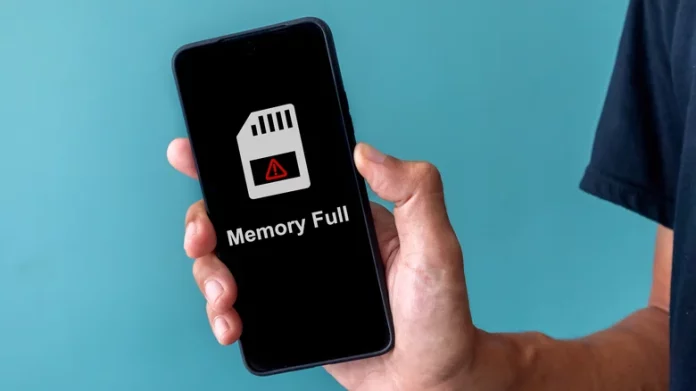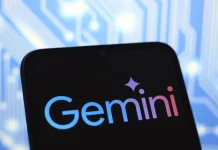Reports earlier this week suggested that several smartphone manufacturers could raise handset prices to offset the rising cost of components amid a global chip shortage driven by the AI boom. One report indicated that Apple has been preordering RAM modules from Samsung to secure a stable memory supply, as even the base iPhone 18 is rumored to include 12 GB of RAM.
Now, it appears that storage chips could add further pressure. According to a new analysis from TechNowVoice, flash storage is facing the same problem as RAM — a worsening supply crunch caused by soaring demand from AI datacenters. Silicon Motion executive Gou Jiazhang, a veteran in the storage sector, says the industry is seeing an unprecedented shortage across all types of memory.
Gou explained that the situation has reached a point where customers are discussing how much storage they can secure — not how much it costs. Major suppliers such as Samsung, SK Hynix, and Micron are channeling much of their capacity toward producing HBM3E memory, the high-performance chips powering AI workloads. Each HBM unit reportedly consumes three times more wafers than DDR5 memory, squeezing supply for consumer electronics like smartphones.
Meanwhile, hyperscale datacenter operators in North America are snapping up high-capacity SSDs — 64 TB and even 128 TB models — to offset hard drive shortages. This combination of demand spikes across multiple sectors is leaving less capacity for consumer-focused NAND flash storage.
Flagship Phones May Stay Safe
TechNowVoice’s report suggests that Apple remains largely insulated from the crunch. Thanks to its long-term deals with Samsung and other suppliers, the company should have sufficient NAND capacity for upcoming iPhones. This year’s iPhone 17 lineup starts at 256 GB of storage, while the iPhone 17 Pro Max offers up to 2 TB. Samsung is reportedly taking a similar approach with its Galaxy flagship line.
However, the impact could be more severe for budget and mid-range smartphones. Markets in Africa and Southeast Asia are already seeing some models drop from 128 GB to 64 GB of onboard storage. Chinese manufacturers such as Xiaomi have warned about potential price hikes tied to climbing memory costs.
What Comes Next
Apple has so far resisted raising prices — even after upgrading the base iPhone 17 model’s storage — and the phone remains sold out weeks after launch. Whether that strategy continues with the iPhone 18, rumored to arrive in spring 2027, remains uncertain. Samsung’s Galaxy S26 series is expected in late February, though analysts are divided on whether it will reflect higher component costs.
As for mid-range smartphones shipping in 2026, it may take months to see how manufacturers adjust to this memory crunch — and whether consumers will ultimately bear the cost.





